The English Love Affair with Nature
(back to Table of Contents)
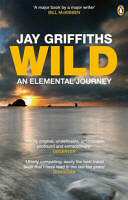
It should be plain from the chapter lists which books are most useful on each topic, but it may be helpful to add a few words on which are most suitable for reading a little further about the relationship of the British and Nature. W.G. Collingwood’s The Idea of Nature (Amazon.com, Amazon.co.uk) is old-fashioned, but wonderfully clear and concise on the classical origins. Patrick Armstrong’s The English Parson-Naturalist (Amazon.com, Amazon.co.uk) provides useful background on the role of religion and some of the early naturalists and geologists. Robert Macfarlane’s Mountains of the Mind (Amazon.com, Amazon.co.uk) mixes the personal and historical, showing the importance of the ‘sublime’ and the interplay of fashion, aesthetics and science in setting up the love affair, while The Wild Places (Amazon.com, Amazon.co.uk) conveys a very British delight in being out in nature. A wonderful but very different book, Wild by Jay Griffiths (Amazon.com, Amazon.co.uk), shows just how nature-obsessed it is possible to become.
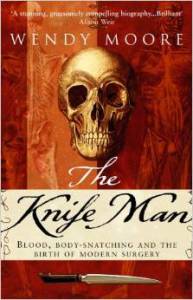
Robert Huxley’s The Great Naturalists (Amazon.com, Amazon.co.uk) provides brief, handsomely illustrated accounts of many of the naturalists mentioned here, from ancient times to the Enlightenment and the nineteenth century, as well as one collector, Hans Sloane. Wendy Moore’s The Knife Man (Amazon.com, Amazon.co.uk) gives a lively and informative account of another collector, John Hunter, and his chaotic but inquiring times.
The two biographies – Richard Mabey’s Gilbert White (Amazon.com, Amazon.co.uk), and Jenny Uglow’s Nature’s Engraver: A Life of Thomas Bewick (Amazon.com, Amazon.co.uk), are both beautifully written, while White’s Selborne and Bewick’s British Birds are themselves well worth a look. Similarly, Darwin, Wallace and Bates all write with style, and since their books are episodic, they are ideal for reading a little at a time.
A helpful introduction to the relevant period in art is Raymond Lister’s British Romantic Painting (Amazon.com, Amazon.co.uk), which elegantly describes a selection of paintings made between 1760 and 1860, with their backgrounds and influences. Edwin Mullins’s A Love Affair with Nature (Amazon.com, Amazon.co.uk) is an informative delight. J.C. Wood’s Dictionary of British Animal Painters (Amazon.com, Amazon.co.uk) is also useful, though the illustrations are in black and white.
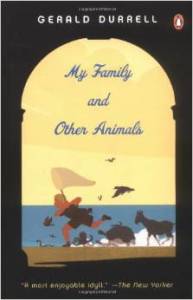
The Escape chapter itself reviews some of the most influential books in its ambit, such as Gerald Durrell’s My Family and Other Animals (Amazon.com, Amazon.co.uk). For background, David Elliston Allen’s The Naturalist in Britain (Amazon.com, Amazon.co.uk) is useful on the history of Britain’s professional naturalists and the societies they formed, from the seventeenth century to the 1960s. On the history of the landscape, the two classics are W.G. Hoskins’s The Making of the English Landscape (Amazon.com, Amazon.co.uk), and the larger and more recent The Making of the British Landscape (Amazon.com, Amazon.co.uk) by Francis Pryor. Hoskins is the more passionate, while Pryor has the benefit of much research since Hoskins’s time.
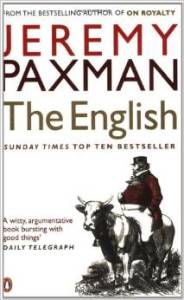
Stephen Moss’s A Bird in the Bush comes as close as any book can to the reasons why the English love birdwatching. Jeremy Paxman’s The English paints an amusing picture of our eccentricities. Roger Deakin’s Waterlog captures something of the sheer delight of being in nature; his Wildwood (Amazon.com, Amazon.co.uk) and Notes from Walnut Tree Farm (Amazon.com, Amazon.co.uk) are just as good. Hugh Cott’s Adaptive Coloration in Animals (Amazon.com, Amazon.co.uk) celebrates nature, animals and camouflage. Keith Thomas’s Man and the Natural World (Amazon.com, Amazon.co.uk) is a history of the relationship of man and animals (with a chapter on plants), mainly on the period from 1500 to 1800, but with mentions from classical times to the twentieth century. Dave Goulson’s A Sting in the Tale (Amazon.com, Amazon.co.uk) entertainingly describes his lifelong obsession with bees and incidentally teaches a great deal about them, too.
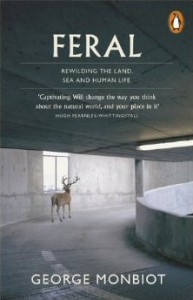
Finally, while I have done my best to avoid preaching conservation, and have inevitably focussed on the past, everyone who loves nature must eventually turn also to the mess the natural world is in, and to the future. George Monbiot’s energetic and visionary Feral (Amazon.com, Amazon.co.uk) boldly looks at what is wrong with nature in Britain, and what in the way of rewilding could – perhaps should – be done about it.
| USA, Worldwide: | From the UK: |
|---|---|
Amazon (.com, .co.uk) pays a small commission on each book sold via this website.
